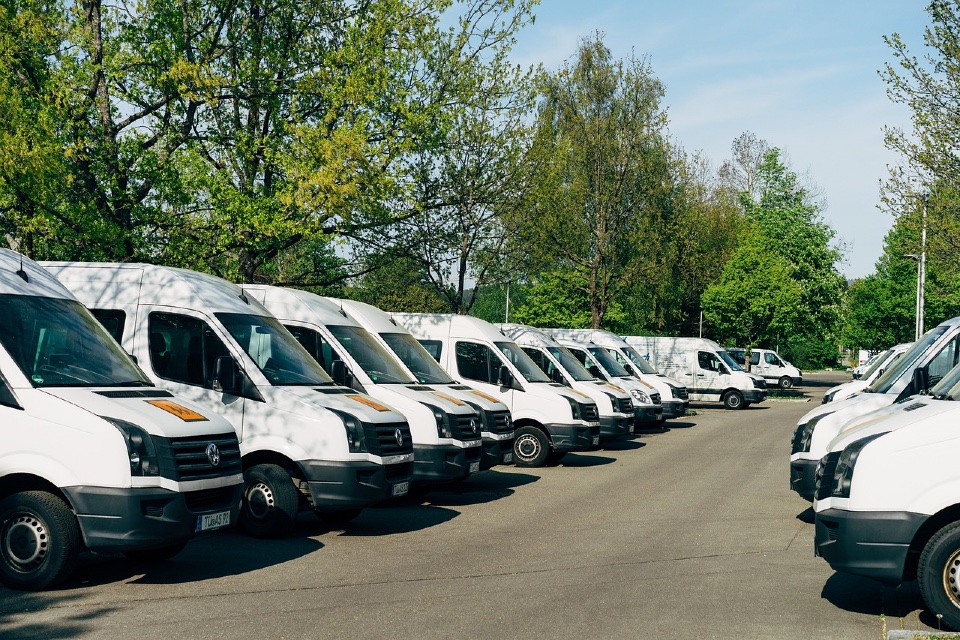Fleet companies have to stay updated on the legislation affecting how they run their business. They must be proactive in managing and improving the safety of their vehicles and staff. Compliance with regulations is essential to avoid fines and lawsuits and help the business operate more efficiently since their assets and employees will be safe and healthy. So, check out this guide to health and safety in the fleet industry.
1. Need for Risk Assessments
Risk assessment refers to the careful examination of certain aspects of the workplace that could cause harm. It helps fleet owners decide whether they have done enough to protect the vehicles and the drivers from potential danger.
Fleet drivers face different types of hazards every day. Some of these risks apply to drivers of commercial vehicles, while others apply to specific industries. Fleet companies must be able to assess a driver’s level of risk exposure and come up with a plan to ensure they have the proper resources and systems to minimise these risks.
Consider doing online training in health and safety regulation to know more about risk assessments. When conducting fleet risk assessment, fleet managers must identify potential issues that could make a fleet unsafe or non-compliant. After identifying such risks, they must determine a proper framework of practices to improve safety and prevent further hazards. The ultimate goal is to ensure the safety of the fleet of vehicles, their drivers, and other motorists. There is no “one size fits all solution” to risk assessment in the fleet industry. However, adopting a set of practices, programs, and tools would be a great place to start.
By law, a risk assessment should be sufficient and suitable, which means it has to be good enough to ensure the safety of employees. It does not need to be technical or complicated. In fact, you can carry out risk assessments during the regular course of business operations.
It’s crucial to conduct a thorough and accurate assessment. If you have more than five people in your organisation, you must jot down any significant findings from the risk assessment you have conducted.
2. Managing Lift Trucks
Lift trucks are some of the most dangerous fleets of vehicles. They are involved in almost a quarter of all accidents in the workplace. While these vehicles are highly effective at moving heavy loads and increasing efficiency, they also come with hazards that could endanger drivers and pedestrians. Fleet managers and owners should be aware of the dangers of using lift trucks in the workplace.
Some of the most common hazards associated with lift trucks are unsecured loads that could fall on drivers and pedestrians, tipping of the lift truck due to imbalanced load and excessive speed, collisions, and workers falling while standing on the forks.
The HSE has established standards for the safety of using lift trucks. It requires operators to undergo basic training before operating any lift truck, even if they don’t drive the vehicle regularly. Operators have to be trained as per OSHA requirements. Employers should devise a training program incorporating the general principles of the safe operation of lift trucks. The training should also educate drivers about the hazards created by these vehicles. Trained operators should know how to safely conduct the job, as specified in the workplace evaluation.
Fleet managers and owners must provide operators with formal and practical training on the proper use of lift vehicles, which may include a combination of videos, lectures, software training, demonstrations, written material, and practical exercises. Moreover, employers have to certify that operators have been given the necessary training and evaluate them at least once every three years.
Fleet owners and operators must work together to ensure the safe use of lift trucks before they get behind the wheel. They must conduct a daily inspection of all the lift trucks. These include examining the tires and oil levels, checking any water, oil, or radiator leaks, testing the brakes, lights, steering wheel, and horn and ensuring that the forks are straight and don’t have any cracks.
When operating the lift truck, the operator must ensure the load is well-balanced and secure to keep it from tripping. The driver must also check any obstructions and uneven surfaces in the surrounding area to prevent accidents.
3. Vehicle Safety
Businesses that operate vehicles, including fleet companies, have to be aware of the consequences that could arise from road traffic accidents. Hefty fines, insurance claims, personal injuries, charges of corporate manslaughter, and even prison sentences are some potential consequences you could face if you fail to comply with vehicle safety. Therefore, you must ensure that you’ve done everything necessary to fulfil your obligations and have something to prove your compliance.
Establishing a process for reporting faults can help to avoid accidents and is also essential in assessing if the safety measures you have put in place are effective. When it comes to this, one of the legal requirements is to conduct daily vehicle checks to identify potential issues. Fleet owners must give drivers proper training in conducting necessary checks and reporting any problems. They should also consider providing drivers with a daily checklist to sign for their vehicles, like checking if the tyres were properly inflated.
Drivers must immediately report any faults on the vehicle to anyone with enough authority to ensure proper actions. They should also make them aware of anything that could affect the vehicle’s roadworthiness and must record these. If they detect any fault, they must make a report about it and include the date, vehicle identification mark or registration, details of the problem, driver’s name, etc.
Fleet managers should conduct regular safety inspections and maintenance vehicles according to time or mileage using a maintenance scheduling system, planner, or wall chart. They should conduct safety inspections according to the vehicle handbook, which includes noting the inspection details and frequency. Anyone conducting the safety inspection of vehicles has to be competent enough to assess any signs of defects. There should be a system to ensure that any unit not safe on the road will be removed from service until they are deemed fit for use.







